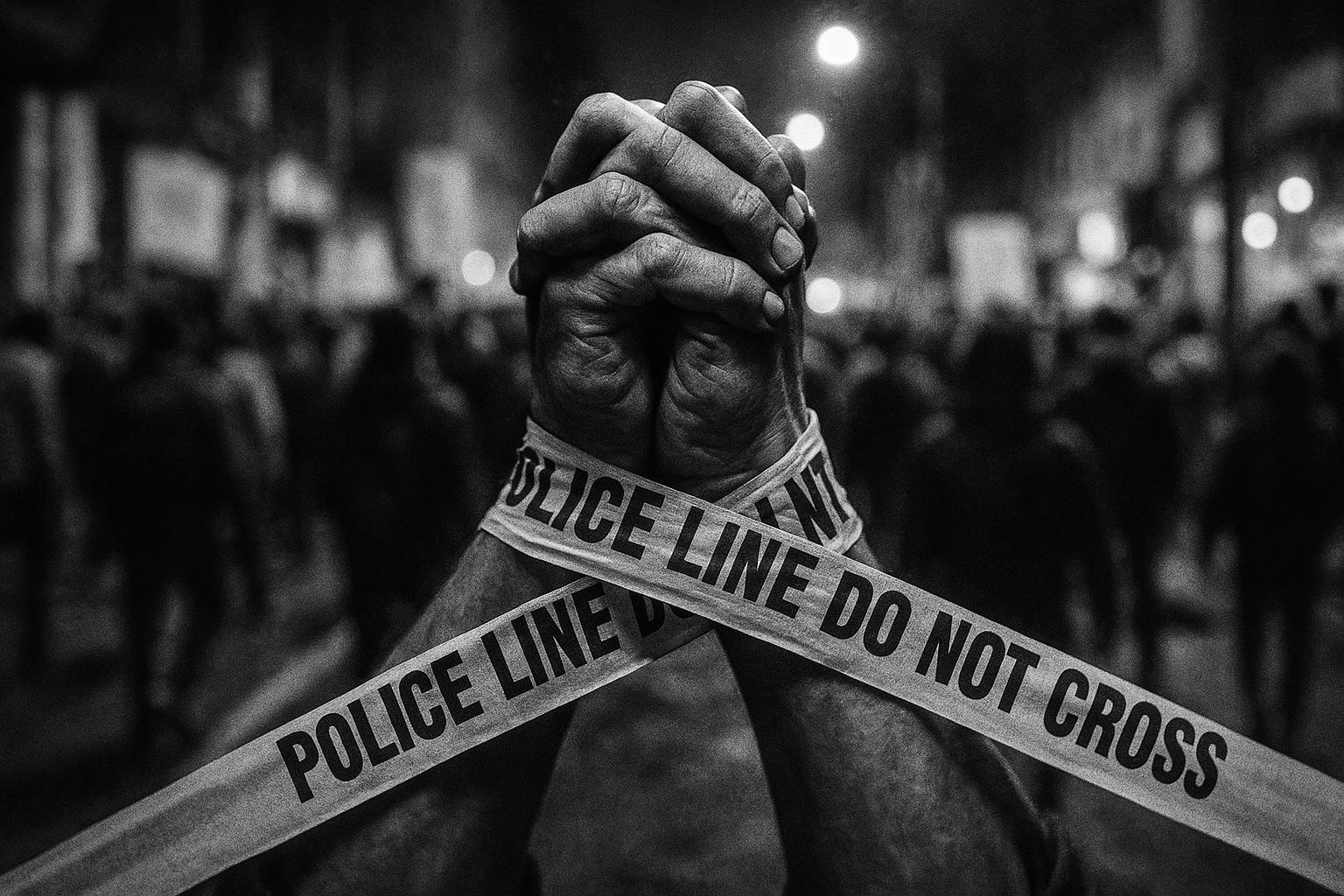The legally protected space for peaceful protest in Britain is under renewed strain as ministers move to outlaw activism and police carry out mass detentions. This summer’s decision to proscribe Palestine Action under the Terrorism Act — an order that came into force on 5 July 2025 — has become a flashpoint for critics who say counter‑terror powers are being stretched to criminalise solidarity and direct action. At the same time, large‑scale policing of demonstrations has produced hundreds of arrests, a combination that campaigners warn will deter ordinary people from taking part in lawful dissent.
The proscription was laid out in a statutory instrument that amends the Terrorism Act 2000 and names the organisations now listed in Schedule 2. The order cites section 3 of the Act as its legal basis and notes parliamentary approval and the territorial extent of the measure. Government guidance on proscribed organisations sets out the legal consequences: a range of offences from membership and support to fundraising and displaying material, and substantial penalties for the most serious proscription offences, including custodial sentences running into many years and ancillary powers such as asset seizure and immigration measures.
Those legal tools were justified in law‑making debates as necessary to counter terrorism, but the original architects of the legislation itself warned of the risks. In the Commons in December 1999 the then home secretary Jack Straw reassured MPs that the bill was “not intended to threaten in any way the right to demonstrate peacefully.” He and other speakers during that debate acknowledged the difficulty of balancing robust powers with the protection of civil liberties — a balance critics now say has been lost.
Voices from across the country have made that argument in print. Letter‑writers to The Guardian have said many of those arrested are not long‑standing militants but “ordinary people” driven to publicity‑seeking acts by anger at events in Gaza and by a sense that civil liberties are being eroded; one correspondent warned that punitive measures are producing volunteers “willing to be arrested as terrorist sympathisers” to register political outrage. Such testimonies underline the political as well as the legal dimensions of the dispute: anger at foreign policy and frustration with domestic liberties are feeding into the same wave of dissent.
There is, however, a factual debate about the scale and nature of police action. National reporting of the London demonstration on 9 August 2025 recorded several hundred arrests — Sky News reported that the Metropolitan Police detained 474 people that day, with 466 held under the Terrorism Act — and the Met and the home secretary have defended the policing operation as lawful and necessary. Human rights groups and campaigners have criticised the scale of those detentions and the use of proscription to disrupt protest, saying the response risks criminalising expression and assembly rather than addressing underlying grievances.
The policing of left‑of‑centre direct action sits alongside a continuing problem of right‑wing mobilisation. Past incidents, such as the violent attacks on a hotel housing asylum seekers in Rotherham in August 2024, show how quickly street‑level intimidation can escalate into physical danger for vulnerable people and communities. Those events complicate calls for a straightforward defence of protest: the state faces the twin task of protecting public order and the safety of those targeted for abuse while also safeguarding the democratic right to dissent.
Ministers have a narrow political and legal path to tread. Critics are urging a rethink of policies that rely on proscription and heavy‑handed arrest powers to manage political protest, arguing that long sentences, travel restrictions and asset measures risk chilling lawful expression and aggravating social fractures. Government spokespeople point to statutory safeguards and prosecutorial thresholds; campaigners, human rights lawyers and many letter‑writers maintain that the current approach is eroding the “legally safe space” for peaceful demonstration and threatening cohesion at a fraught moment in British public life.
📌 Reference Map:
##Reference Map:
- Paragraph 1 – [1], [3], [6]
- Paragraph 2 – [3], [4]
- Paragraph 3 – [5]
- Paragraph 4 – [1], [2]
- Paragraph 5 – [6], [4]
- Paragraph 6 – [7]
- Paragraph 7 – [1], [2], [4]
Source: Noah Wire Services
